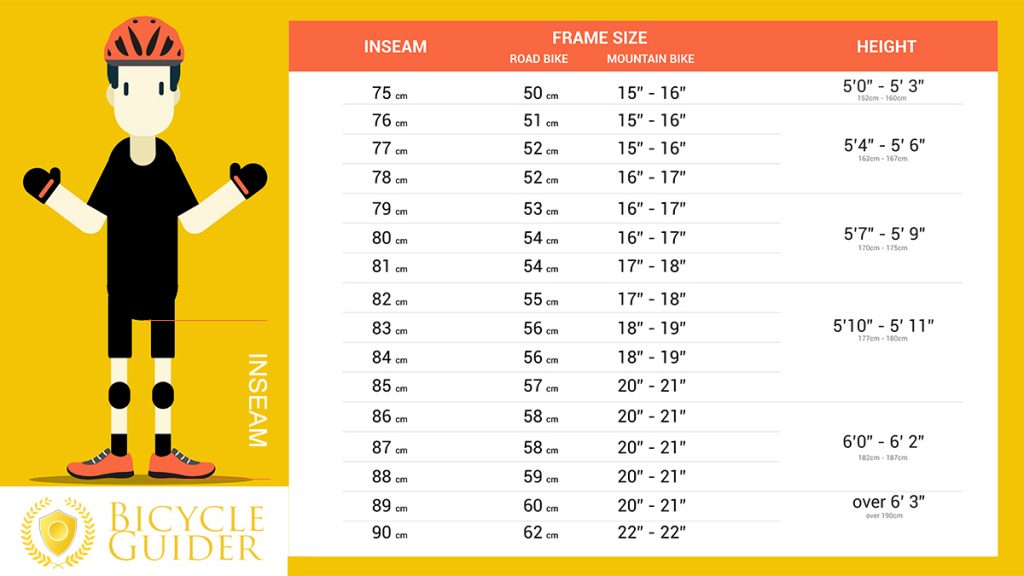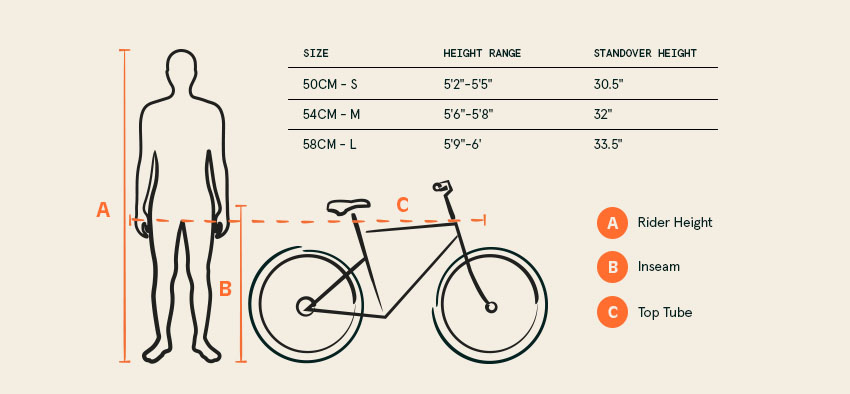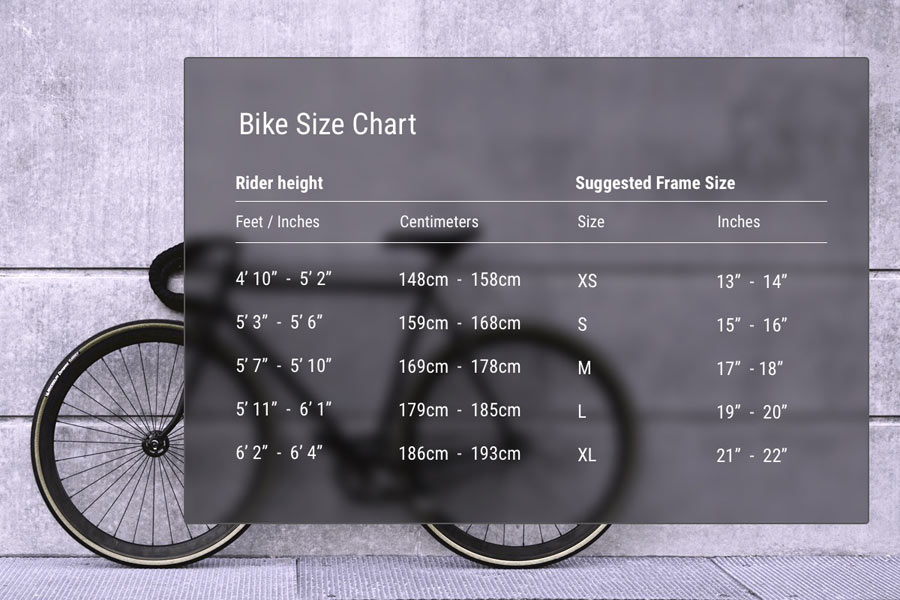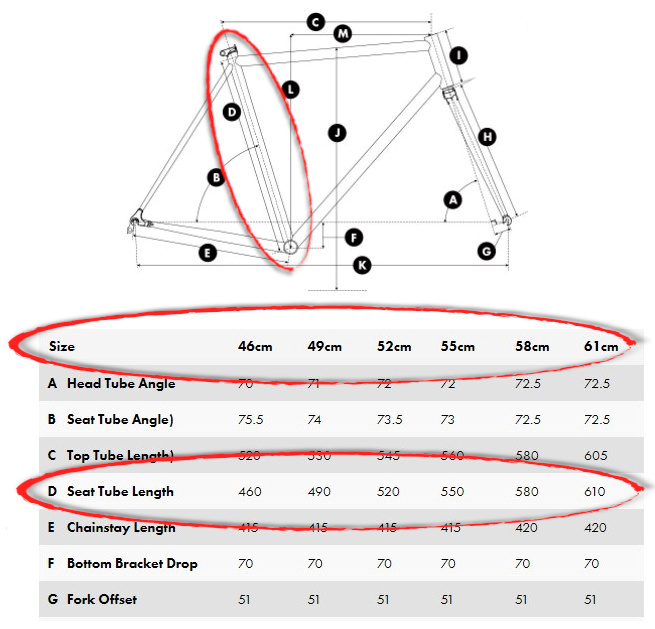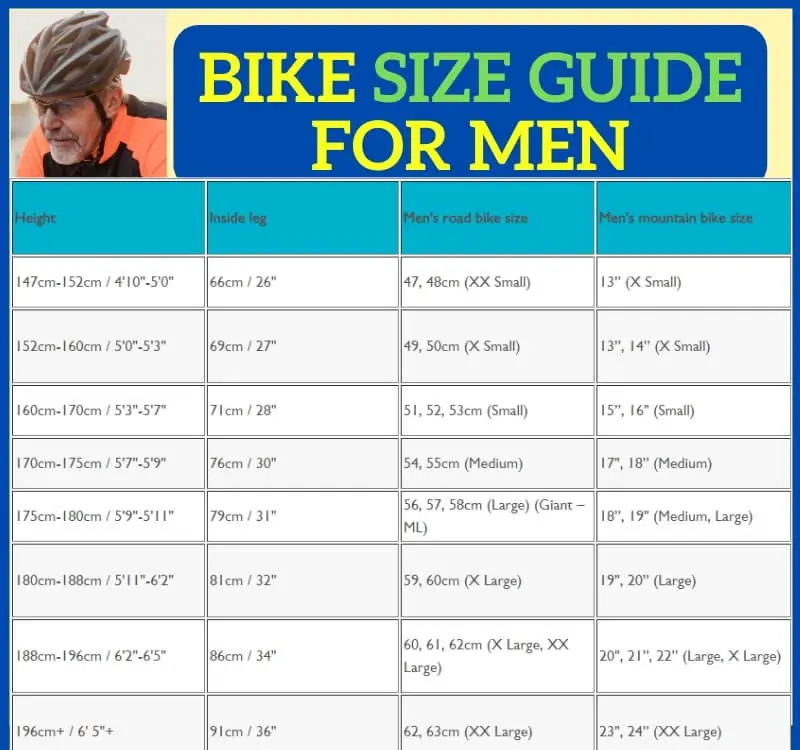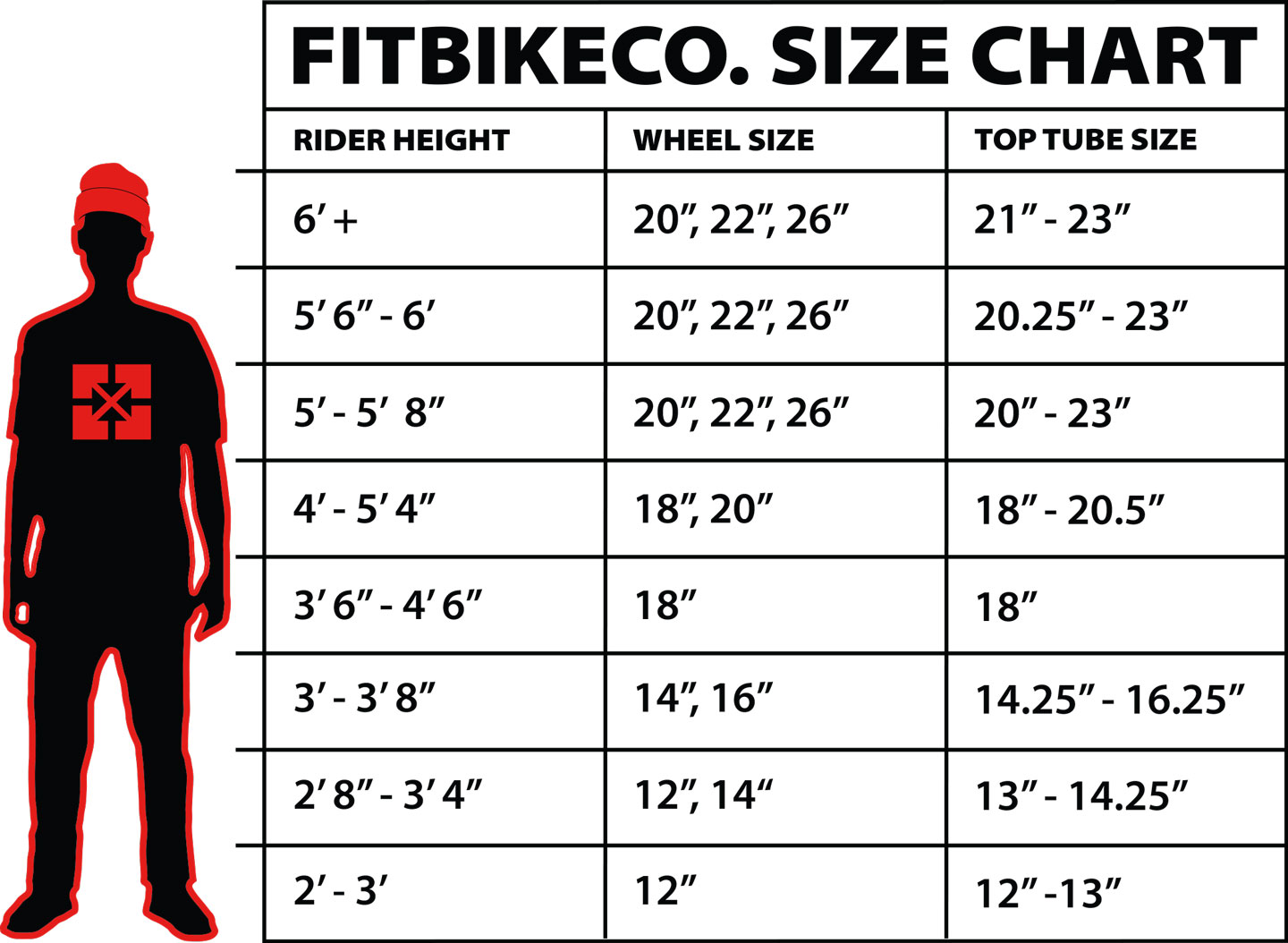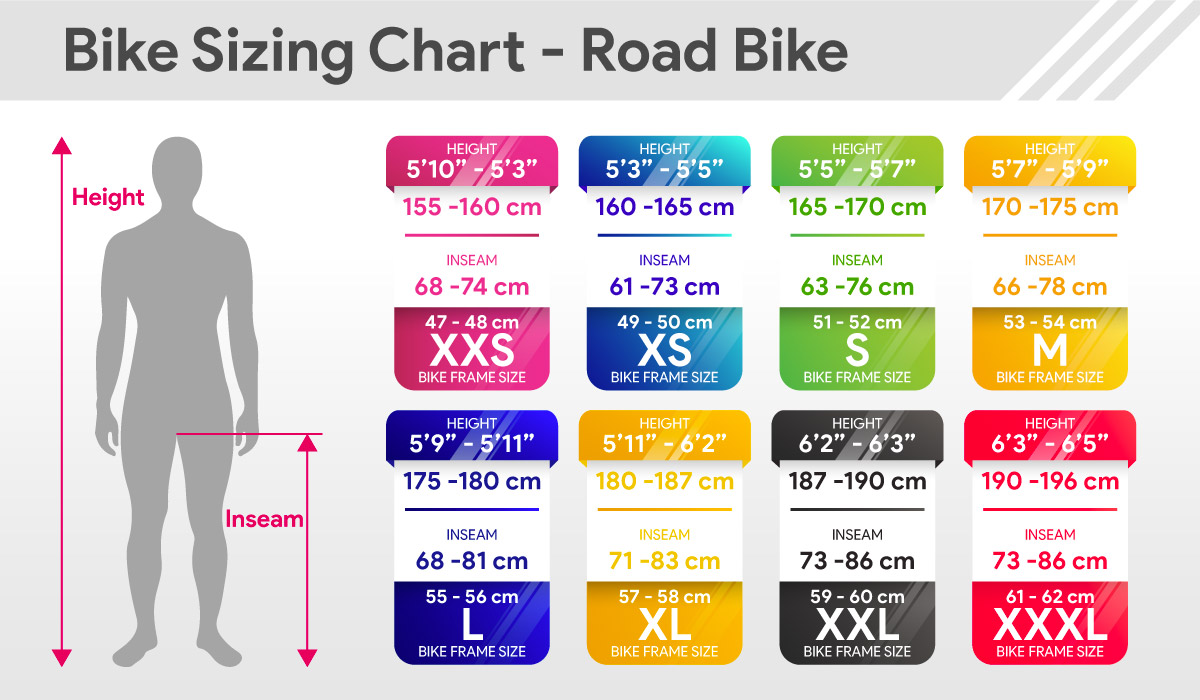How to Choose the Right Bike Size for a Comfortable Ride
Choosing the right bike size is crucial for a comfortable and safe ride. A properly fitting bike can improve performance, reduce discomfort, and prevent injuries. When selecting a bike, it’s essential to consider factors such as height, inseam, and riding style to ensure a perfect fit. A bike height size chart can be a valuable tool in determining the ideal bike size, but it’s not the only factor to consider.
A bike that is too small can lead to discomfort, fatigue, and even injury. On the other hand, a bike that is too large can be difficult to handle and may cause accidents. By considering the bike height size chart and other factors, riders can find a bike that meets their specific needs and preferences.
For example, road bikes and mountain bikes have different sizing systems, and hybrid bikes often fall somewhere in between. Understanding these differences is crucial in selecting the right bike size. Additionally, riders should consider their riding style and preferences, such as upright or aggressive positioning, to ensure a comfortable and safe ride.
By taking the time to choose the right bike size, riders can enjoy a more comfortable, safe, and enjoyable cycling experience. Whether you’re a seasoned cyclist or just starting out, finding the perfect bike size is essential for getting the most out of your ride.
In the next section, we’ll delve into the world of bike height size charts, exploring how they work and what factors to consider when using them. By understanding bike height size charts, riders can make informed decisions when selecting a bike, ensuring a perfect fit and a comfortable ride.
Understanding Bike Height Size Charts: What You Need to Know
Bike height size charts are a crucial tool in determining the ideal bike size for a comfortable and safe ride. These charts provide a general guideline for selecting a bike based on the rider’s height and inseam. However, it’s essential to understand how bike height size charts work and what factors to consider when using them.
One of the key factors to consider when using a bike height size chart is the type of bike. Road bikes, mountain bikes, and hybrid bikes have different sizing systems, and understanding these differences is crucial in selecting the right bike size. For example, road bikes tend to have a more aggressive riding position, which requires a slightly smaller frame size. On the other hand, mountain bikes have a more upright riding position, which requires a slightly larger frame size.
Another factor to consider when using a bike height size chart is the rider’s inseam. Inseam is the distance from the floor to the crotch, and it’s essential to measure it accurately to ensure a proper fit. A bike height size chart will typically provide a range of inseam measurements for each frame size, and it’s essential to choose a frame size that corresponds to the rider’s inseam.
In addition to understanding the type of bike and the rider’s inseam, it’s also essential to consider the rider’s riding style and preferences. For example, a rider who prefers an upright riding position may require a slightly larger frame size, while a rider who prefers an aggressive riding position may require a slightly smaller frame size.
By understanding how bike height size charts work and what factors to consider when using them, riders can make informed decisions when selecting a bike. In the next section, we’ll provide a step-by-step guide on how to measure your height and inseam accurately, including tips on how to use a tape measure and how to account for variations in body proportions.
Measuring Your Height and Inseam: A Step-by-Step Guide
Measuring your height and inseam accurately is crucial in determining your ideal bike size. A bike height size chart can provide a general guideline, but it’s essential to take precise measurements to ensure a proper fit. Here’s a step-by-step guide on how to measure your height and inseam accurately:
**Measuring Your Height:**
1. Stand against a wall with your feet shoulder-width apart and your back straight.
2. Place a ruler or a measuring tape against the wall, level with the top of your head.
3. Take note of the measurement in inches or centimeters.
**Measuring Your Inseam:**
1. Stand against a wall with your feet shoulder-width apart and your back straight.
2. Place a ruler or a measuring tape between your legs, level with the crotch.
3. Take note of the measurement in inches or centimeters.
**Tips for Accurate Measurements:**
1. Use a flexible measuring tape to ensure accurate measurements.
2. Take multiple measurements to ensure consistency.
3. Consider having a friend or family member help you take measurements to ensure accuracy.
**Accounting for Variations in Body Proportions:**
1. If you have longer legs and a shorter torso, you may need a slightly larger frame size.
2. If you have shorter legs and a longer torso, you may need a slightly smaller frame size.
By following these steps and tips, you can ensure accurate measurements and find your ideal bike size using a bike height size chart. In the next section, we’ll discuss the benefits of using a bike size calculator and provide examples of online bike size calculators.
Using a Bike Size Calculator: A Convenient Alternative
While bike height size charts can provide a general guideline for selecting a bike size, they may not always be accurate. This is where a bike size calculator comes in handy. A bike size calculator is an online tool that uses a combination of your height, inseam, and riding style to recommend a bike size.
The benefits of using a bike size calculator are numerous. For one, it’s convenient and easy to use. Simply enter your height, inseam, and riding style, and the calculator will provide a recommended bike size. Additionally, bike size calculators are often more accurate than bike height size charts, as they take into account a wider range of factors.
There are many online bike size calculators available, including those from popular bike manufacturers such as Trek and Specialized. These calculators are often free to use and can provide a recommended bike size in just a few minutes.
When using a bike size calculator, it’s essential to enter accurate information. Make sure to measure your height and inseam accurately, and select the correct riding style. This will ensure that the calculator provides a recommended bike size that is tailored to your specific needs.
Some popular online bike size calculators include:
– Trek’s Bike Size Calculator: This calculator uses a combination of your height, inseam, and riding style to recommend a bike size.
– Specialized’s Bike Size Calculator: This calculator takes into account your height, inseam, and riding style, as well as your preferred riding position.
– Giant’s Bike Size Calculator: This calculator uses a combination of your height, inseam, and riding style to recommend a bike size, and also provides a recommended saddle height and handlebar height.
By using a bike size calculator, you can ensure that you find a bike that fits you perfectly, without having to rely on a bike height size chart. In the next section, we’ll provide real-world examples of bike size charts for popular brands, and compare and contrast the different sizing systems used by each brand.
Real-World Examples: Bike Size Charts for Popular Brands
Now that we’ve discussed the importance of bike height size charts and how to use them, let’s take a look at some real-world examples of bike size charts for popular brands. We’ll compare and contrast the different sizing systems used by each brand, and provide some insights into how to choose the right bike size for your needs.
Trek is a well-known brand in the cycling world, and their bike size chart is a great example of how to use a bike height size chart effectively. Trek’s chart takes into account the rider’s height and inseam, and provides a recommended bike size based on these measurements.
Specialized is another popular brand that uses a bike height size chart to help riders choose the right bike size. Their chart is similar to Trek’s, but also takes into account the rider’s riding style and preferences.
Giant is a brand that offers a wide range of bikes, from road bikes to mountain bikes. Their bike size chart is designed to help riders choose the right bike size based on their height and inseam, and also provides some guidance on how to choose the right bike size based on riding style and preferences.
Here’s a comparison of the bike size charts for these three brands:
| Brand | Height Range | Inseam Range | Recommended Bike Size |
| — | — | — | — |
| Trek | 5’2″ – 6’2″ | 26″ – 34″ | 15″ – 21″ |
| Specialized | 5’2″ – 6’2″ | 26″ – 34″ | 16″ – 22″ |
| Giant | 5’2″ – 6’2″ | 26″ – 34″ | 17″ – 23″ |
As you can see, each brand has its own unique sizing system, and it’s essential to consult the bike size chart for the specific brand and model you’re interested in. By doing so, you can ensure that you choose the right bike size for your needs and preferences.
In the next section, we’ll discuss some common mistakes to avoid when choosing a bike size, and provide some tips on how to ensure a perfect fit.
Common Mistakes to Avoid When Choosing a Bike Size
When choosing a bike size, there are several common mistakes to avoid. These mistakes can lead to a bike that is uncomfortable, inefficient, or even unsafe. Here are some of the most common mistakes to avoid:
**Relying Solely on Height:**
One of the most common mistakes is relying solely on height when choosing a bike size. While height is an important factor, it’s not the only consideration. Inseam, riding style, and personal preference also play a significant role in determining the ideal bike size.
**Ignoring Inseam Measurements:**
Another mistake is ignoring inseam measurements when choosing a bike size. Inseam is a critical factor in determining the ideal bike size, as it affects the rider’s comfort and efficiency. Make sure to take accurate inseam measurements and use them in conjunction with height to determine the ideal bike size.
**Neglecting to Consider Riding Style and Preferences:**
Riding style and personal preference are also important factors to consider when choosing a bike size. For example, a rider who prefers a more aggressive riding position may require a smaller bike size, while a rider who prefers a more upright position may require a larger bike size.
**Not Considering the Type of Bike:**
Finally, it’s essential to consider the type of bike when choosing a bike size. Different types of bikes, such as road bikes, mountain bikes, and hybrid bikes, have different sizing systems and requirements. Make sure to consult the bike size chart for the specific type of bike you’re interested in.
By avoiding these common mistakes, you can ensure that you choose a bike size that is comfortable, efficient, and safe. In the next section, we’ll discuss the importance of test riding a bike before making a purchase.
Test Riding a Bike: The Final Step in Ensuring a Perfect Fit
Once you’ve determined your ideal bike size using a bike height size chart or a bike size calculator, it’s essential to test ride the bike to ensure a perfect fit. Test riding a bike allows you to evaluate the bike’s fit and comfort in real-world conditions, and make any necessary adjustments before making a purchase.
When test riding a bike, pay attention to the following factors:
– Comfort: Does the bike feel comfortable to ride? Are the saddle and handlebars at a comfortable height?
– Fit: Does the bike fit your body properly? Are your legs at a comfortable angle when pedaling?
– Handling: How does the bike handle? Is it stable and responsive?
– Performance: How does the bike perform? Is it efficient and easy to pedal?
By evaluating these factors during a test ride, you can ensure that the bike is a perfect fit for you and meets your needs and preferences.
In addition to evaluating the bike’s fit and comfort, test riding also allows you to get a feel for the bike’s performance and handling. This can help you determine whether the bike is suitable for your riding style and preferences.
Overall, test riding a bike is an essential step in ensuring a perfect fit. By taking the time to test ride a bike, you can ensure that you find a bike that meets your needs and provides a comfortable, safe, and enjoyable riding experience.
Conclusion: Finding Your Ideal Bike Size for a Lifetime of Cycling
Choosing the right bike size is crucial for a comfortable, safe, and enjoyable cycling experience. By following the steps outlined in this article, you can ensure that you find a bike that fits your body properly and meets your needs and preferences.
Remember to use a bike height size chart or a bike size calculator to determine your ideal bike size, and take into account factors such as your height, inseam, and riding style. Don’t rely solely on height, and make sure to consider your inseam measurements and riding style when choosing a bike size.
Test riding a bike is also an essential step in ensuring a perfect fit. By taking the time to test ride a bike, you can evaluate the bike’s fit and comfort in real-world conditions and make any necessary adjustments before making a purchase.
By taking the time to find your ideal bike size, you can enjoy a lifetime of comfortable, safe, and enjoyable cycling. Whether you’re a seasoned cyclist or just starting out, finding the right bike size is essential for getting the most out of your cycling experience.
We hope this article has provided you with the information and guidance you need to find your ideal bike size. Happy cycling!


